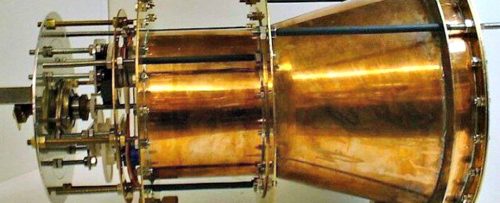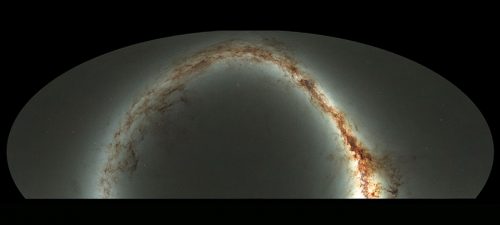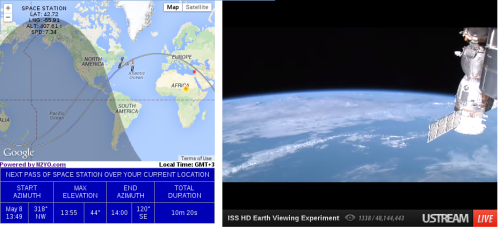Science Alert has published these interesting news: It’s Official: NASA’s Peer-Reviewed EM Drive Paper Has Finally Been Published.
In case you’ve missed the hype, the EM Drive, or Electromagnetic Drive, is a propulsion system first proposed by British inventor Roger Shawyer back in 1999.
Instead of using heavy, inefficient rocket fuel, it bounces microwaves back and forth inside a cone-shaped metal cavity to generate thrust.
According to Shawyer’s calculations, the EM Drive could be so efficient that it could power us to Mars in just 70 days.
But, there’s a not-small problem with the system. It defies Newton’s third law, which states that everything must have an equal and opposite reaction.
According to the law, for a system to produce thrust, it has to push something out the other way. The EM Drive doesn’t do this.
This is a good reminder that we are far from knowing everything and there are inventions to be made, laws of nature discovered, and knowledge acquired. Exciting!


